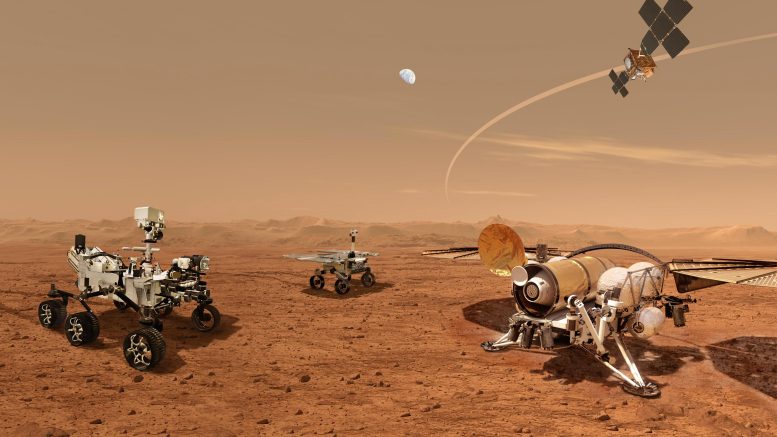
This illustration shows a concept for a set of future robots working together to ferry back samples from the surface of Mars collected by NASA’s Mars Perseverance rover. Credit: NASA/ESA/JPL-Caltech
This illustration shows a concept for a set of future robots working together to ferry back samples from the surface of Mars collected by NASA’s Mars Perseverance rover.
NASA and the European Space Agency (ESA) are solidifying concepts for a Mars sample return mission that would seek to take the samples of Martian rocks and other materials being collected and stored in sealed tubes by NASA’s Mars Perseverance rover and return the sealed tubes to Earth.
According to the current concept, NASA would deliver a Mars lander in the vicinity of Jezero Crater, where Perseverance (left) will have collected and cached samples. The Sample Retrieval Lander (right) would carry a NASA rocket (the Mars Ascent Vehicle), along with ESA’s Sample Fetch Rover (center) that is roughly the size of the Opportunity Mars rover. The fetch rover would gather the cached samples and carry them back to the lander for transfer to the ascent vehicle; additional samples could also be delivered directly by Perseverance. The ascent vehicle would then launch a special container holding the samples into Mars orbit. ESA would put a spacecraft in orbit around Mars before the ascent vehicle launches. This spacecraft would rendezvous with and capture the orbiting samples before returning them to Earth. NASA would provide the capture and containment payload module for the orbiter.
The above artist’s concept of a proposed Mars sample return mission portrays a series of six steps (A through F) in the spacecraft’s landing on Mars. NASA and the European Space Agency are collaborating on proposals for a mission to gather samples of Martian rocks and bring them to Earth after 2020. This illustration depicts preliminary concepts, not a finished design.
The series begins at the upper left, where the aeroshell capsule is still attached to the cruise stage that has provided power and maneuvering during the trip from Earth to Mars.
After jettisoning the cruise stage, the aeroshell uses friction with the Martian atmosphere to decelerate. The aeroshell protects other components of the flight system (enclosed inside) from the heat generated during the plunge through the upper atmosphere.
In the third step portrayed, the spacecraft’s parachute further slows the descent.
After separation from the parachute and aeroshell, retro rockets on the descent stage fire to control the speed of the final approach toward the ground.
The descent stage begins lowering the lander on a bridle. The timing of crucial steps during this final approach is based on radar input about the spacecraft’s altitude and velocity.
F. The lander — bearing a rover and an ascent vehicle — touches down, the connecting cords are severed and the descent stage flies out of the way.
After the landing, the rover would deliver previously cached samples to the ascent vehicle, which would then lift the samples off the surface of Mars for a rendezvous in orbit with a spacecraft that would take the samples to Earth.
The artist’s concept above of a proposed Mars sample return mission portrays a rocket-powered descent stage lowering a sample-retrieving rover and an ascent vehicle to the surface. The ascent vehicle is in the large cylinder, protecting it from the harsh Martian environment. The rover, with solar panels in folded position, sits to the right of it. The ascent vehicle would receive samples of Martian rocks that are to be collected by a previous mission and retrieved by the rover. Then it would launch the samples into Martian orbit for a rendezvous with a spacecraft that would carry them to Earth.
In the illustration above of a Mars sample return mission concept, a lander carrying a fetch rover touches down on the surface of Mars.
The illustration above of a Mars sample return mission’s lander concept shows a spacecraft after touchdown on the Red Planet. With its solar panels fully deployed, the spacecraft is ready to begin surface operations.
The illustration above shows a concept of what a rover fetching rock and soil samples on Mars for return to Earth could look like. The sample tube in this image would have been left on the surface by a previous mission, NASA’s Mars 2020 rover.
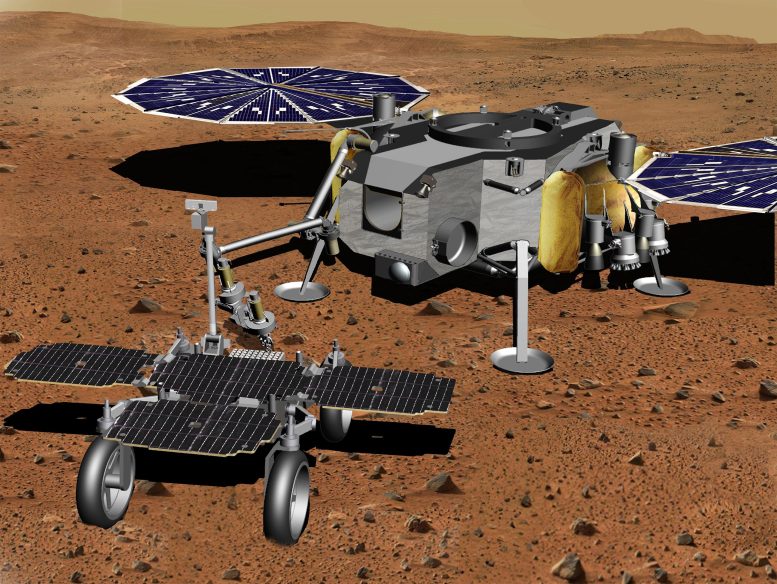
Robotic arm transferring tubes from Fetch Rover to Lander (artist’s concept). Credit: NASA/JPL-Caltech
In the illustration above of a Mars sample return mission concept, a robotic arm transfers samples of Martian rock and soil from a fetch rover onto a lander.
The image above shows a concept model of NASA’s orbiting sample container, which will hold tubes of Martian rock and soil samples that will be returned to Earth through a Mars sample return campaign. At the right is the lid; the bottom left sits a model of the sample-holding tube. The sample container will help keep contents at less than about 86 degrees Fahrenheit (30 degrees Celsius) to help preserve the Mars material in its most natural state.
The illustration above shows a concept of how the NASA Mars Ascent Vehicle, carrying tubes containing rock and soil samples, could be launched from the surface of Mars in one step of the Mars sample return mission.
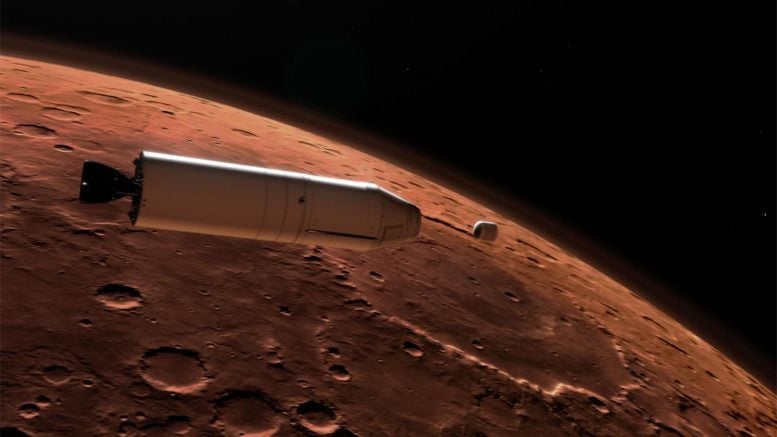
Mars Ascent Vehicle deploying sample container in orbit (artist’s concept). Credit: NASA/JPL-Caltech
As part of a Mars sample return mission, a rocket will carry a container of sample tubes with Martian rock and soil samples into orbit around Mars and release it for pick up by another spacecraft. The illustration above shows a concept for a Mars Ascent Vehicle (left) releasing a sample container (right) high above the Martian surface.
The above artist’s concept of a proposed Mars sample return mission portrays the separation of an Earth entry vehicle, bearing a container of Martian rock samples, from the main spacecraft that would have carried it from Martian orbit nearly to Earth.

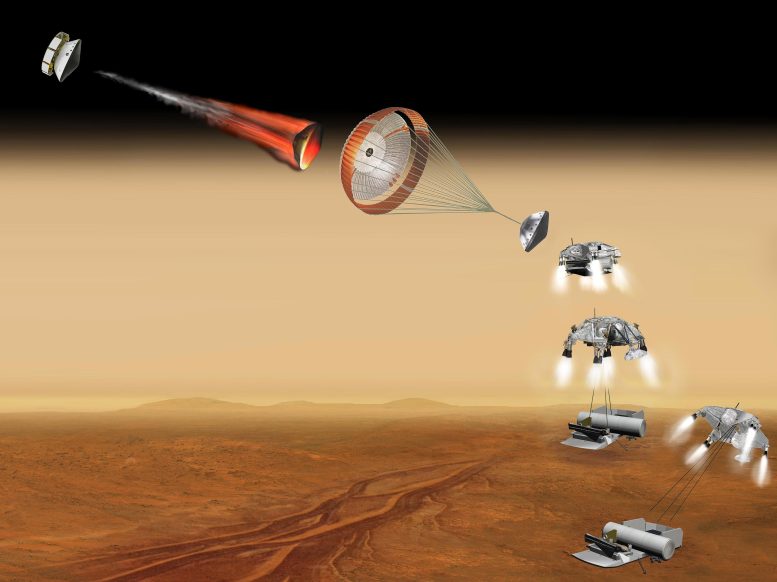
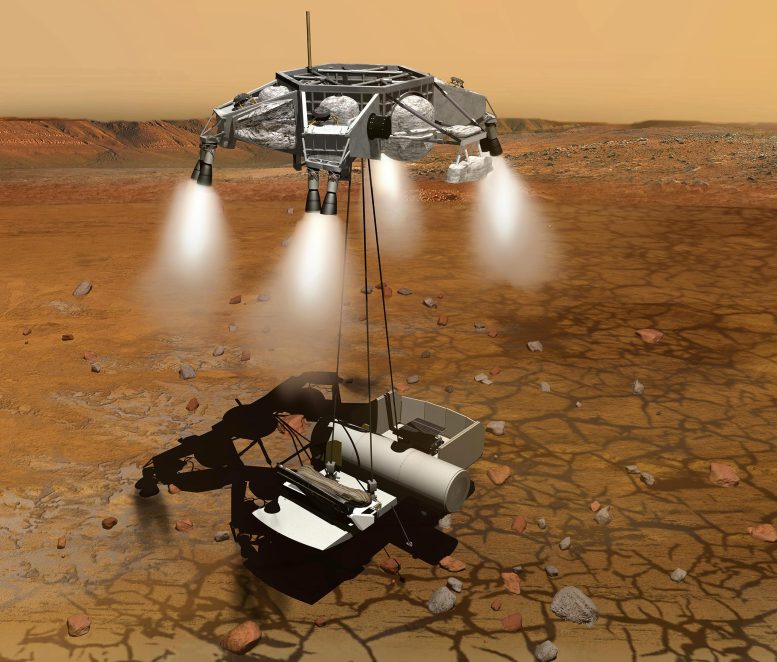
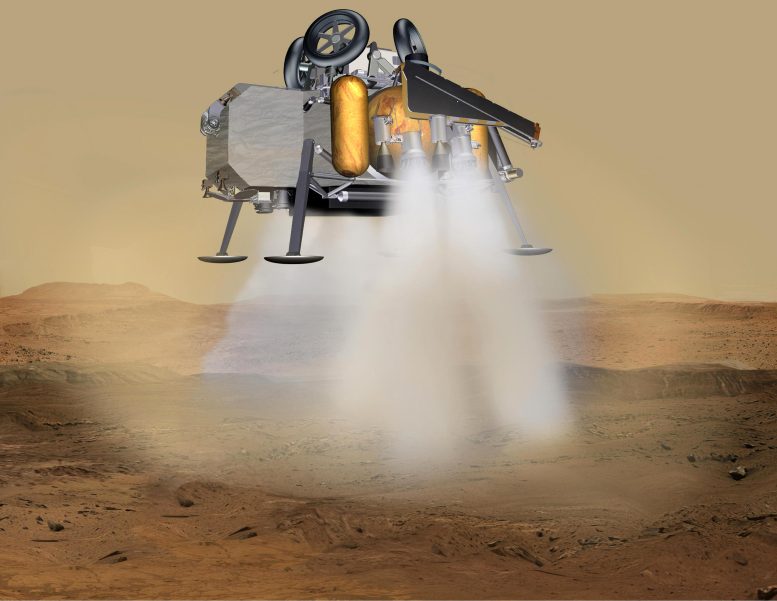
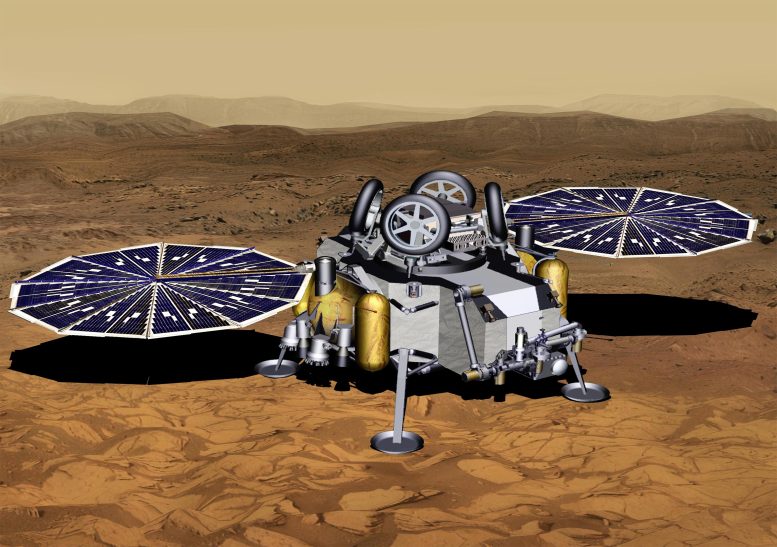
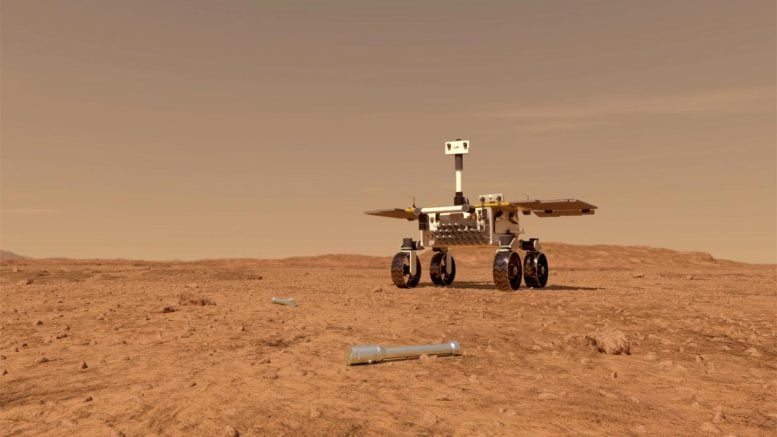
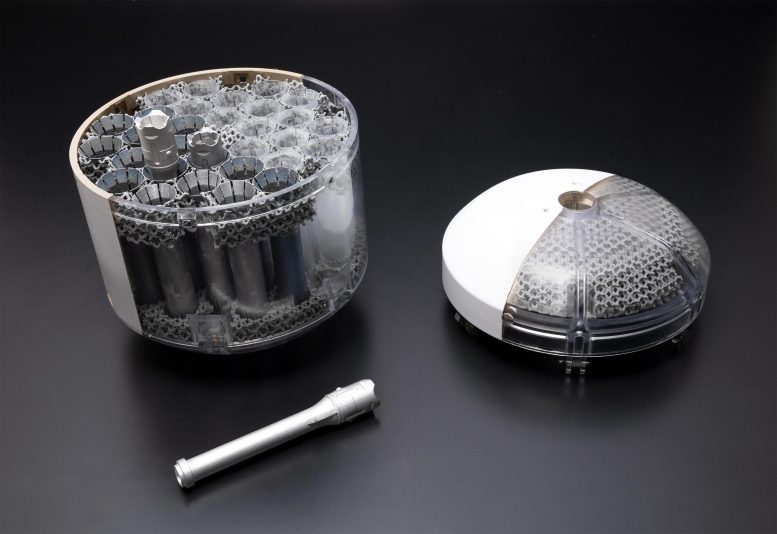
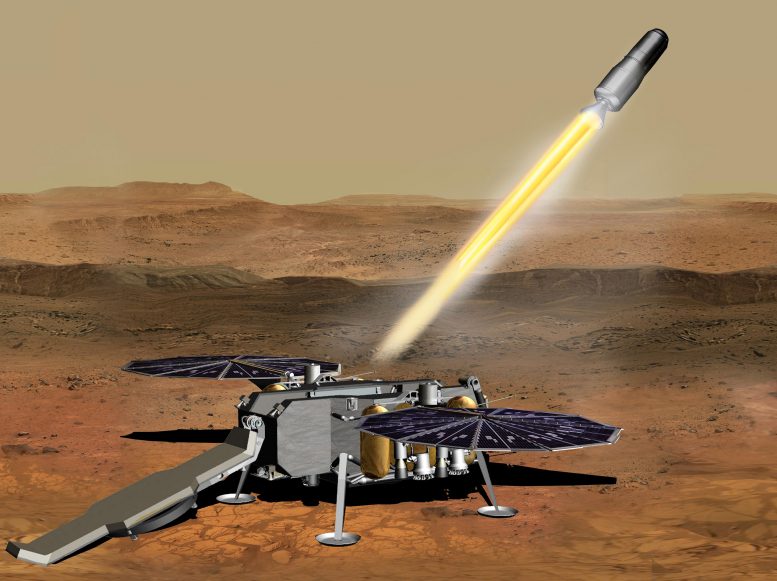
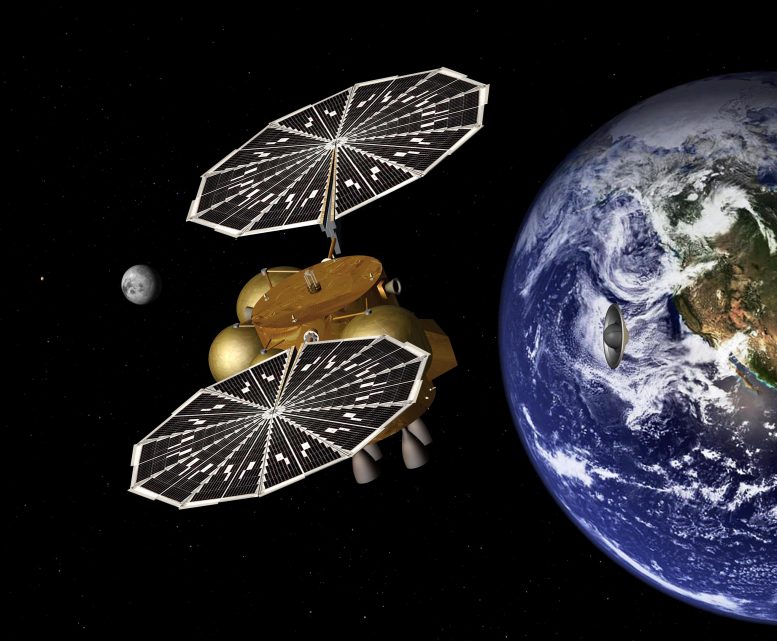







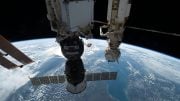
Sᴛᴀʀᴛ ᴡᴏʀᴋɪɴɢ ғʀᴏᴍ ʜᴏᴍᴇ! Gʀᴇᴀᴛ ᴊᴏʙ ғᴏʀ Ever, sᴛᴀʏ-ᴀᴛ-ʜᴏᴍᴇ ᴍᴏᴍs ᴏʀ ᴀɴʏᴏɴᴇ ɴᴇᴇᴅɪɴɢ ᴀɴ ᴇxᴛʀᴀ ɪɴᴄᴏᴍᴇ… Yᴏᴜ ᴏɴʟʏ ɴᴇᴇᴅ ᴀ ᴄᴏᴍᴘᴜᴛᴇʀ ᴀɴᴅ ᴀ ʀᴇʟɪᴀʙʟᴇ ɪɴᴛᴇʀɴᴇᴛ ᴄᴏɴɴᴇᴄᴛɪᴏɴ… Mᴀᴋᴇ $100 ʜᴏᴜʀʟʏ ᴀɴᴅ ᴜᴘ ᴛᴏ $13000 ᴀ ᴍᴏɴᴛʜ ʙʏ ғᴏʟʟᴏᴡɪɴɢ connection ᴀᴛ ᴛʜᴇ ʙᴏᴛᴛᴏᴍ .Yᴏᴜ ᴄᴀɴ ʜᴀᴠᴇ ʏᴏᴜʀ ғɪʀsᴛ ᴄʜᴇᴄᴋ ʙʏ ᴛʜᴇ ᴇɴᴅ ᴏғ ᴛʜɪs ᴡᴇᴇᴋ………..► 𝐖𝐰𝐰.𝐄𝐱𝐭𝐫𝐚𝐑𝐢𝐜𝐡𝟏.𝐜𝐨𝐦